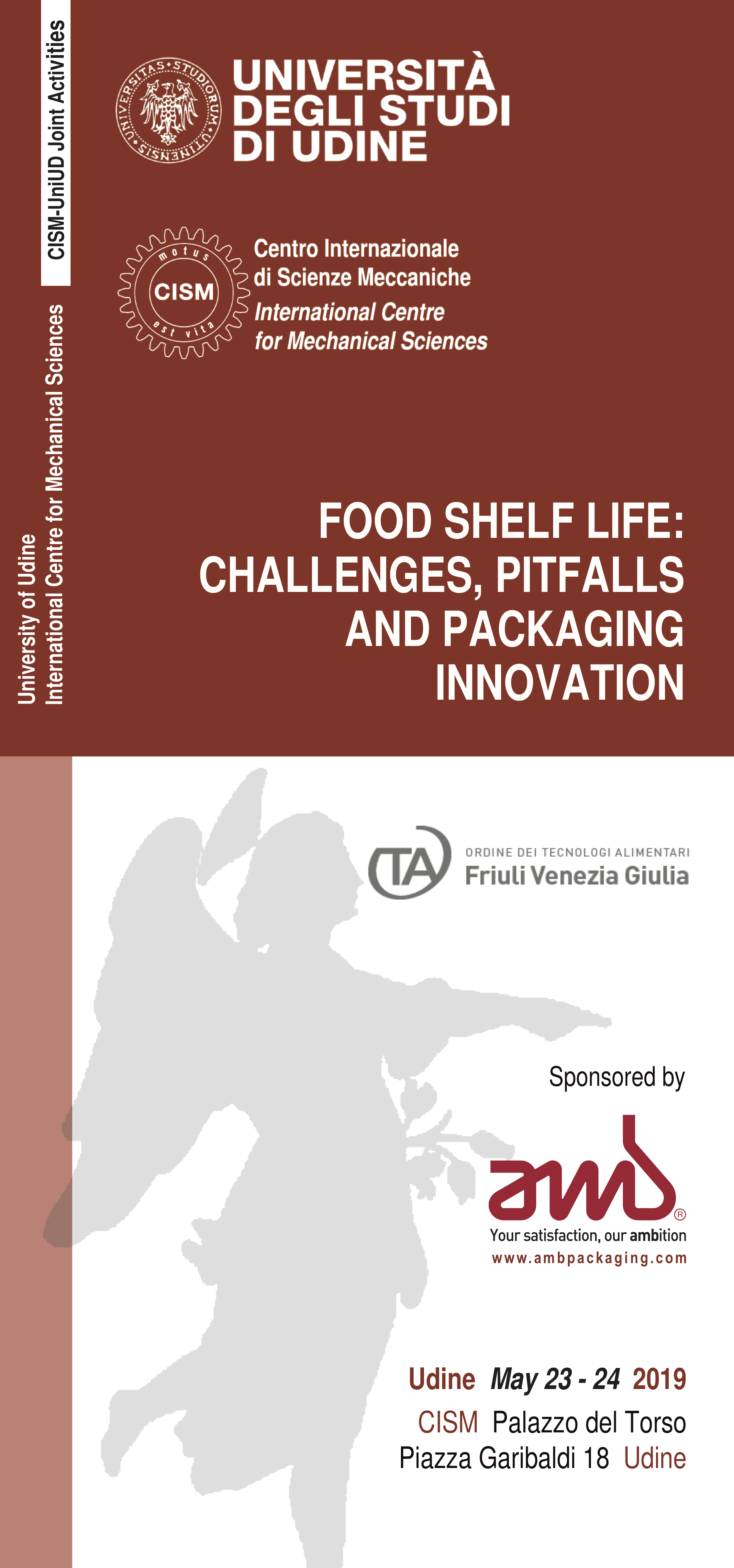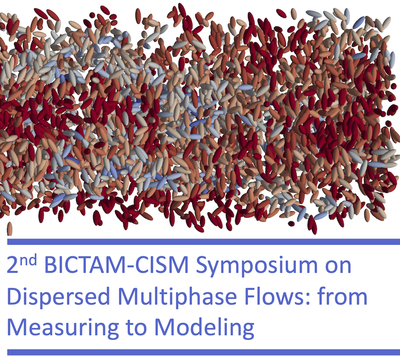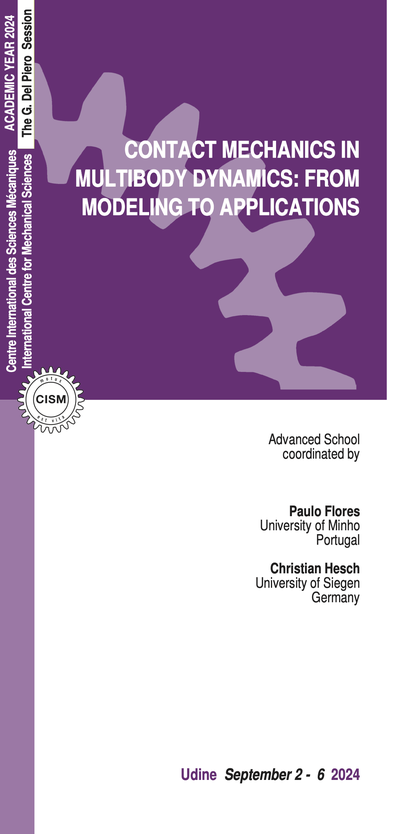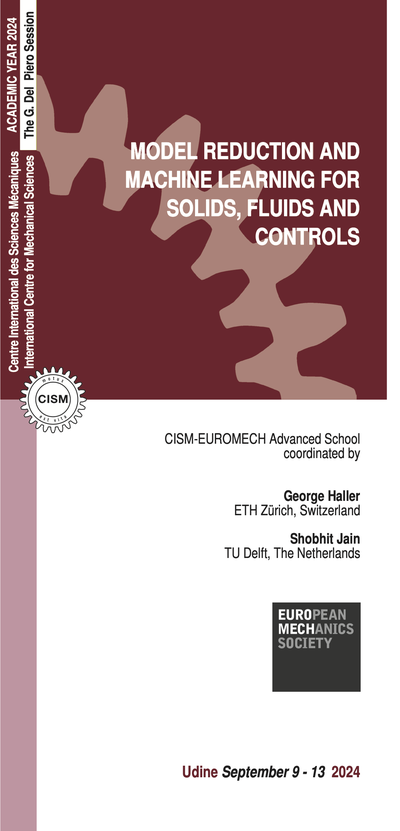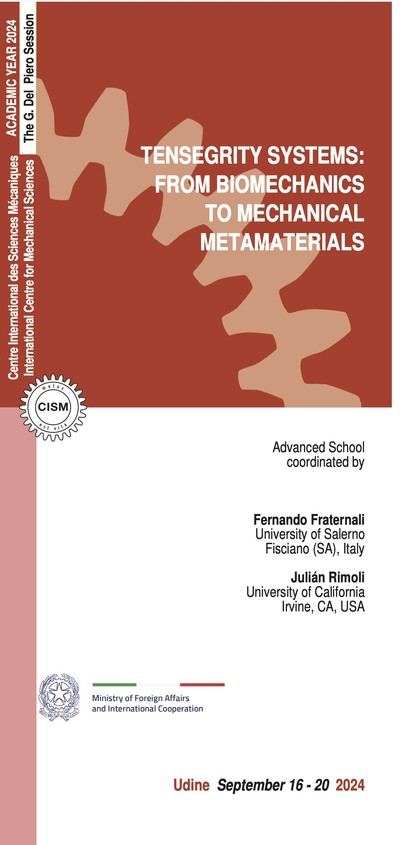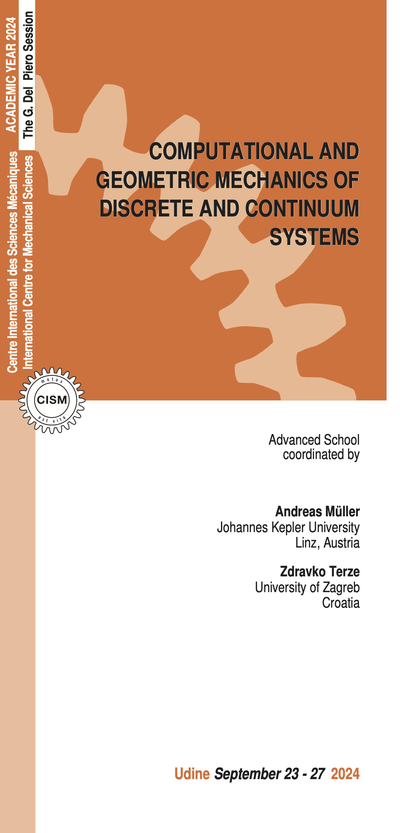Food shelf life is a finite length of time, after manufacturing and packaging, during which the product retains a required level of quality acceptable for consumption. Food life results thus from the relation between food quality, packaging performance and consumer acceptability. Managing food shelf life by mastering this complex interplay will make the process of supplying and distributing food products more efficient and sustainable for the environment and future generation.
The course is aimed at PhD students, post-docs, early career researchers, experts and operators in the food and packaging area. The attendants should have basic knowledge of food science and technology.
The course provides the essential skills for understanding challenges, pitfalls and future trends of shelf life related issues, enlightening the methodologies of shelf life assessment as well as the design of tailored packaging solutions.
The course brings together academic scientific excellence with experience in industrially-relevant applications of food shelf life assessment and development of innovative packaging solutions meeting a dynamic market demand.
ORGANIZING COMMITTEE
University of Udine, Department of Agricultural, Food, Environmental and Animal Sciences:
Lara MANZOCCO
Sonia CALLIGARIS
Monica ANESE
Maria Cristina NICOLI
Accelerated shelf life tests: how fast can we go?
Testing methodologies for shelf life determination under accelerated storage conditions can be adopted when food quality depletion proceeds fairly slow at the actual storage conditions. This testing methodology is universally called accelerated shelf life testing (ASLT). Among all environmental factors that might be potentially exploited to accelerate food alterative events, temperature is certainly the most frequently used. Beside temperature, also light might be exploited. When properly applied, ASLT allows to definitively reduce the time needed to estimate product shelf life, accomplishing with industrial need. However, a number of threat could arise during the acceleration process due to the complexity of foods, leading to dangerous over- or under-estimations of food shelf life.
The lecture will give an overview of the basic principles and procedures for the application of ASLT for the shelf life prediction of foods, with special emphasis on the application of temperature and light as accelerating factors. Uncertainties, pitfalls and future research needs on this topic will be critically discussed.
Modeling shelf life using microbial indicators
The determination of microbial growth and thereby shelf life with traditional microbiological test methods is expensive and time-consuming. An alternative is the concept of predictive microbiology.
In the lecture, the most important influence factors on the shelf life of different perishable products will be presented. This includes the influence of product-, process and supply chain factors on microbial growth. A brief overview about predictive shelf life modeling, most common mathematic models to calculate the bacterial growth and available software solutions will be introduced. Furthermore, it will be addressed how shelf life models can be used to optimize cold chain management within the food industry, what benefits the models will bring to the industry, to the consumers and how those models will support the application of intelligent packaging to reduce food waste.
Packaging Functionality and Food Quality – Rising Challenges of the Future
In the next decades there will be many attempts to replace more complicated packaging material structures by monomaterials (for the purpose of enhanced recyclability) or by materials from renewable resources. The driving forces are the European Strategy for Plastics and several national legislative acts, triggered by the rising awareness of customers. Moreover, exports of local specialty products are increasing continuously, leading to more severe transport and storage conditions. Therefore, our well-established and reliable packaging concepts will be challenged. Concepts are needed to allow for a quicker identification of appropriate packaging materials, for estimates of possible shelf life periods and for their final verification. The lecture will show some background concerning basic mechanisms of food degradation, relevant factors of the packaging and the way we estimate shelf life today. To show how to deal with reduced packaging functions, examples will be given where substitutions may be successful and where they will probably fail. After all, we need a refined methodology to predict the shelf life of packed food stored under various conditions in a faster, more exact and more reliable way than today.
Shelf life assessment as a vital process to increase food quality
Shelf life is determined by monitoring the quality changes of food products, packed in their original package, under environmental conditions mimicking those actually experienced on the market shelves. This real-time approach might be ideally applied for any food but it is advantageous only for those undergoing quick alteration. When quality slowly decreases, such as in ambient-stable foods, shelf life tests might be accelerated by changing environmental conditions. Shelf life assessment is still adapted with difficulty to the peculiar company situations since judged too arduous, too long and too expensive. However, the changes in consumer/producer expectations require shelf life assessment to turn from a process complying with the regulation to a powerful instrument to manage food quality and consumer satisfaction.
The lecture aims at describing the basic approach of shelf life assessment, including quality indicators, acceptability limits, testing methods and data modelling, and discussing how it might be exploited to drive company choices towards more sustainable productions.
Novel packaging materials
Very likely, it is sound to say that the two strongest driving forces in packaging materials evolution, are nowadays "Performance" and "Sustainability". The performance required to satisfy the stringent requirements of the global market and the high quality standards; the sustainability to take into account the planetary demand of environmental friendly behaviours. So far, however, it seems largely proved that the two driving forces are opposite and conflicting. What is more sustainable (or perceived as such) is not performing enough and what performs well is not (perceived as) sustainable.
No one wants to change the targets and this is rather correct, but maybe it is essential to change the pathway. The way to go, very likely, is "truly independent and high quality research", it is also “more power to the numbers and the logical statements” instead of the “emotional claims” and the “green washed marketing tools”.
The lecture is aimed at a discussion "super partes" on these issues and a tentative description of what is present and what we can expect in the vast, conflicting and never-consolidated world of flexible packaging materials.
Shelf life and food packaging: an historical overview
Closed dating existed in the US dairy industry from 1917. Although some supermarket chains began implementing coding in the early 1970s, the codes were designed to aid in controlling food inventories and were not directly intended for the benefit of consumers. Nowadays ’best before’ and ‘use by’ dates are found on a wide range of foods and are being closely scrutinized in the context of food waste.
In the early 1940s, the use thin, slightly permeable flexible packaging began. Some crude estimates to calculate shelf life were published and in 1945 the analogy between spoilage rate and a monomolecular reaction was shown. A simple exponential equation was developed by research associations in Germany and the UK in the early 1950s.
From the late 1960s, research on food packaging and shelf life became more formalised, in parallel with the switch to plastic packaging. However, published studies often show inconsistent results, partly due to dissimilar methods to predict the end of shelf life, and partly due to inadequate descriptions of the packaging material including package dimensions. This lecture will give an historical overview with many examples of the above topics.
The registration fee is 280,00 Euro + VAT taxes*, where applicable (bank charges are not included).
The registration fee includes a complimentary bag, a fixed menu buffet lunch, coffee breaks and wi-fi internet access.
Applications should be made on-line through our web site: http://www.cism.it/courses/E1905/.
A message of confirmation will be sent to accepted participants.
The full course attendance provides 12 credits for those who are members of the "Ordine dei Tecnologi Alimentari".
Information about travel and accommodation is available on our web site, or can be mailed upon request.
A limited number of rooms is available at our Guest House at the rate of Euro 30,00 per person/night.
Applicants may cancel their course registration and receive a full refund by notifying CISM Secretariat in writing (by email) no later than two weeks prior to the start of the course.
If cancellation occurs less than two weeks prior to the start of the course, a Euro 50,00 handling fee will be charged.
Incorrect payments are subject to Euro 50,00 handling fee.
* Italian VAT is 22%
